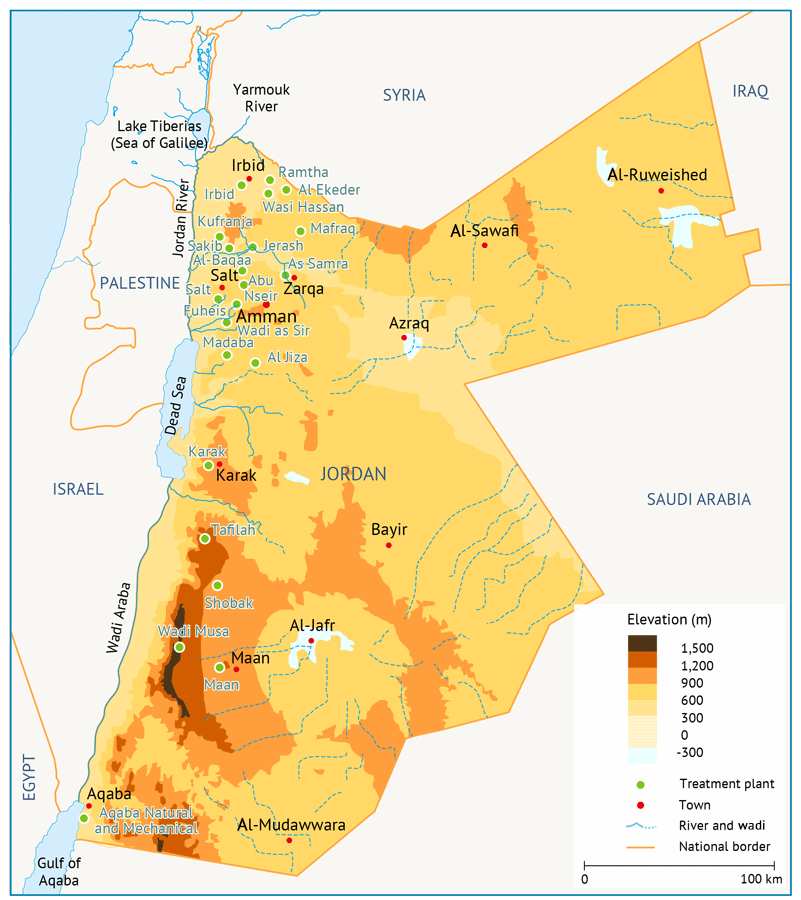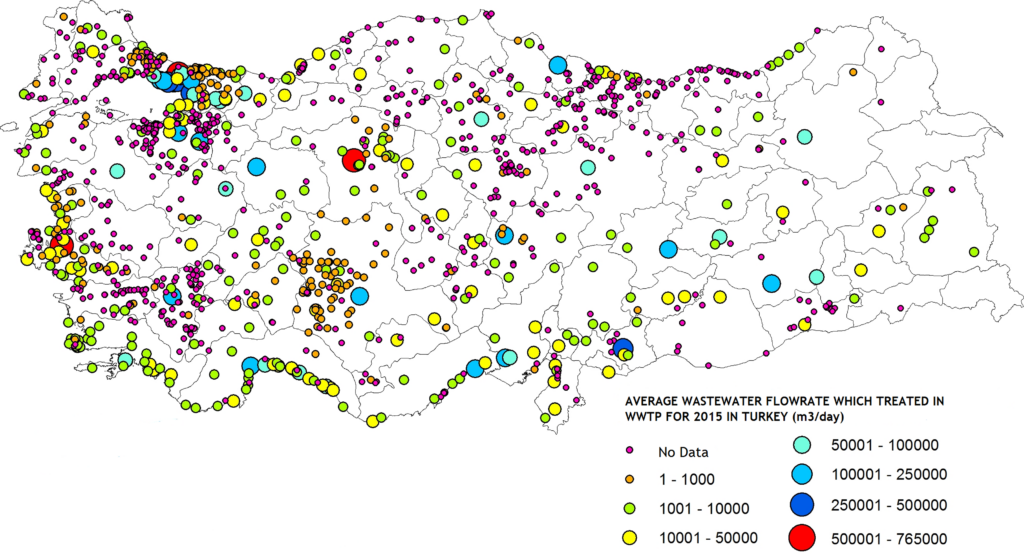
“Accelerating the change to solve the water and sanitation crisis“ is the theme of the World Water Day 2023. Sanitation is indeed a core challenge in the Middle East and North Africa (MENA), classified as one of the most populated and water scarce regions in the world. Water supply systems and sanitation services in the MENA countries are under the increasing threat of climate change, natural disasters, mismanagement and armed conflicts. As a result, nearly 66 million people in the region lack basic sanitation, according to a UNICEF study. The people mostly affected by this sanitation crisis are children, the poor, the marginalised and the most vulnerable communities. In fact, children below the age of five are more than 20 times more likely to die from diarrheal disease linked to unsafe water and sanitation than violence during conflict.
It is vital to raise awareness on the need for achieving safe water, sanitation, and hygiene. For this purpose, Fanack Water covers topics such as sanitation, wastewater treatment, and water quality in its country reports. This article provides some highlights on sanitation from the country reports of Saudi Arabia, Jordan, Turkey and Morocco.
Country report of Saudi Arabia
There are 99 wastewater treatment plants (WWTPs) in the Kingdom of Saudi Arabia (KSA), with 15 major WWTPs as shown in Map 1. Riyadh, Mecca and the Eastern Province account for about 79% of the country’s total capacity. The quantity of municipal wastewater production increased from 2,125 million cubic metres (MCM) in 2007 to 2,884 MCM in 2018, and is expected to reach 5,090 MCM in 2050 due to population growth.[1]
Untreated sewage discharge is one of the major environmental problems facing the KSA. The current capacity of WWTPs is insufficient. Moreover, the rainwater drainage system is connected to the sewage network. Therefore, the quantities of water reaching WWTPs exceed the plants’ capacity, which leads to the direct discharge of untreated wastewater during peak periods.[2]
Jordan Water Report
Treated wastewater is becoming an increasingly important resource, contributing around 18% to the national water budget.[3] Most of this water is used in the agricultural sector. In 2017, this amounted to 144 MCM out of 147 MCM. This amount is forecasted to increase to 411 MCM in 2035.
Most of the treated wastewater is released from WWTPs near the major population centers (and major wastewater sources) in the middle of the country, into watercourses on the ridge of the Jordan Valley, where it flows into the valley for use in irrigation (Map 2). The amount of wastewater has increased over the years, mainly due to the significant population increase (including refugees). This has resulted in the existing WWTPs being used beyond their original design capacity. Farmers along this section of the Zarqa River have traditionally used water from the river for irrigation, and many refuse to comply with government regulations that forbid such extraction. Crops irrigated with this partially treated wastewater pose a health risk to consumers.
The increase in the number of refugees, including those who live in refugee camps, has led to a sharp increase in the amount of wastewater, including from toilets. As refugee camps are a long-term reality in Jordan, a sustainable wastewater management strategy is essential to ensure the quality of wastewater treatment.
Turkey Water Report
According to the Environmental Performance Index, Turkey‘s water and sanitation quality scores 85.06 out of 100. Access to better water sources and sanitation is now available to 100% of the population, up from 86% in 1990.
In 2016, the Ministry of Environment and Urbanization (the Ministry of Environment, Urbanization and Climate Change since 2021), completed a major initiative to assess the state of wastewater treatment in the country [4], including the efficiency and operational issues of household WWTPs. Turkey has 1,170 domestic wastewater treatment facilities in service or under construction, according to the project “Determination of the Current Status of Domestic/Urban Wastewater Treatment Plants and Determining the Need for Revision”, and 10.5 MCM of wastewater is treated daily. According to this project, municipalities created 82.9% of treated wastewater in 2016, which rose to 85% in 2018. In 2023, Turkey’s target rate for municipal wastewater treatment is 100%. Map 3 illustrates the distribution of WWTPs as well as the volume of wastewater treated across Turkey.
Morocco Water Report
The wastewater sector has made significant advances in the last ten years. One of the main issues is wastewater treatment. The National Sanitation Programme aims to connect 80% of the urban population to sanitation networks and to reduce pollution by 60%. In addition, due to the limited surface water resources and growing demand, most of the groundwater resources have been overexploited. The performance of supply networks and water uses is still low; new tariffs could improve this. More than 120 WWTPs have been built, increasing the treatment capacity to 900 MCM in 2016. [5] Approximately 75% of the total population is connected to the sewer network, with 62% connected to WWTPs. The National Water Plan (PNE) targets reuse of 325 MCM/yr of wastewater by 2030.[6]
Despite the high potential, the level of wastewater reuse is low. It is expected that by 2030, wastewater generation will increase to 900 MCM. Of the total wastewater discharge, 60% is discharged directly into the Mediterranean Sea and the Atlantic Ocean, while 40% is discharged into the natural environment.
[1] Alkhudhiri A et al., 2019. Analytical and forecasting study for wastewater treatment and water resources in Saudi Arabia. Journal of Water Process Engineering 32, 100915.
[2] Ghanim, AA, 2019. Water resources crisis in Saudi Arabia, challenges and possible management options: An analytic review. World Academy of Science, Engineering and Technology International Journal of Environmental and Ecological Engineering 13(2).
[3] MWI (Ministry of Water and Irrigation), 2017. ‘Jordan Water Sector Facts and Figures 2017’.
[4] MoEU (Ministry of Environment and Urbanization) and SU (Selcuk University), 2018. Reuse of Treated Wastewater in Turkey, Final Report. Ankara, Turkey.
[5] Netherlands Enterprise Agency, 2018. Business Opportunities Report for Reuse of Wastewater in Morocco.
[6] Houzir M, Mokass M and Schalatek L, 2016. Climate Governance and the Role of Climate Finance in Morocco.



